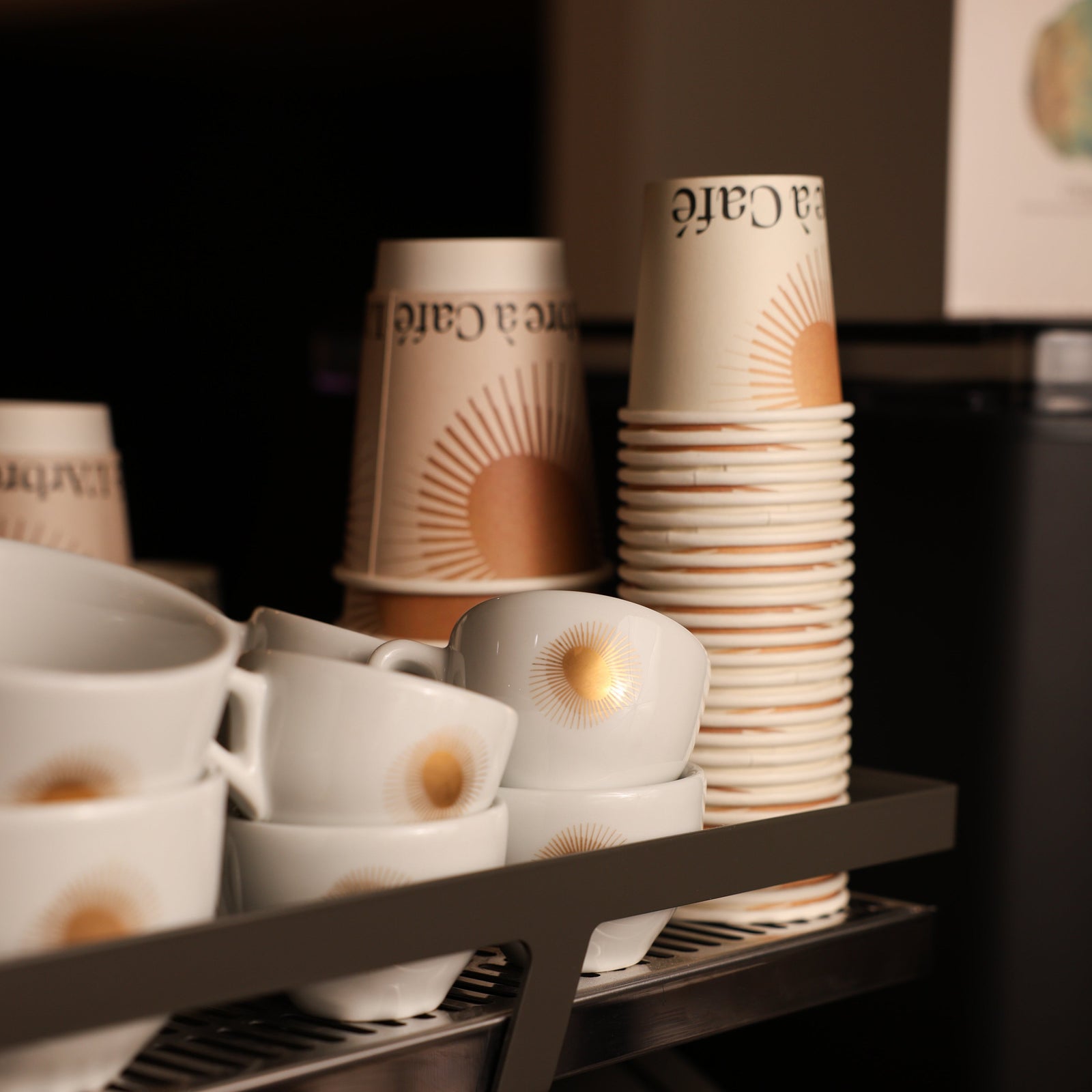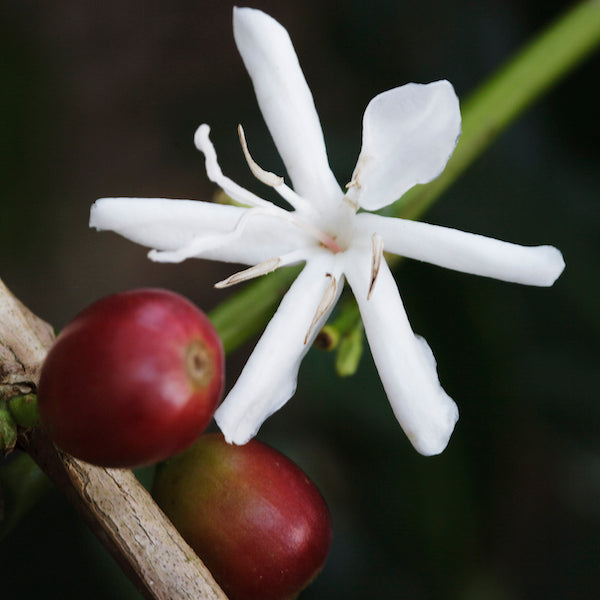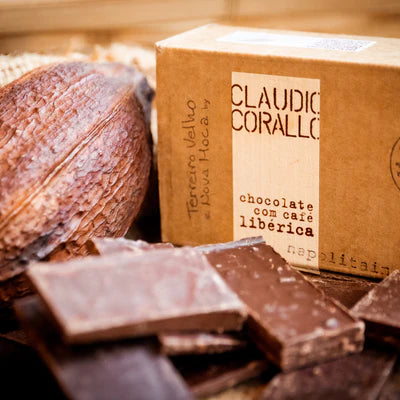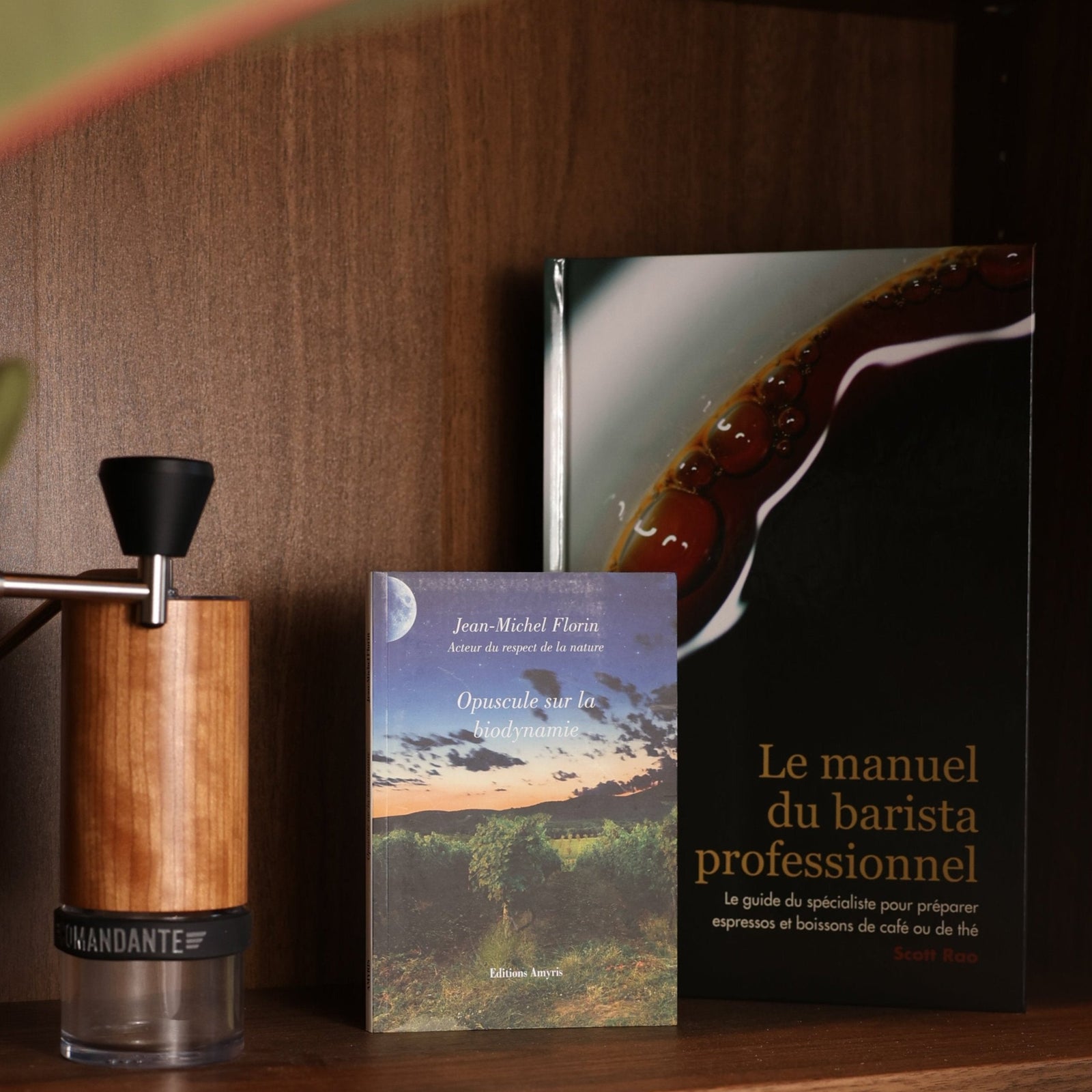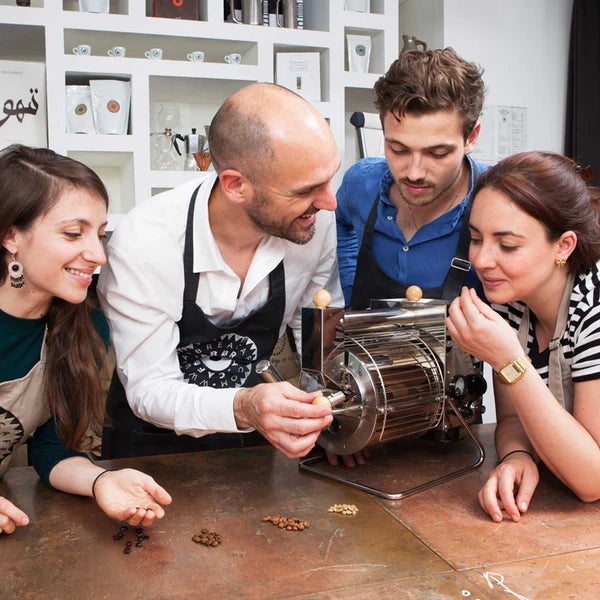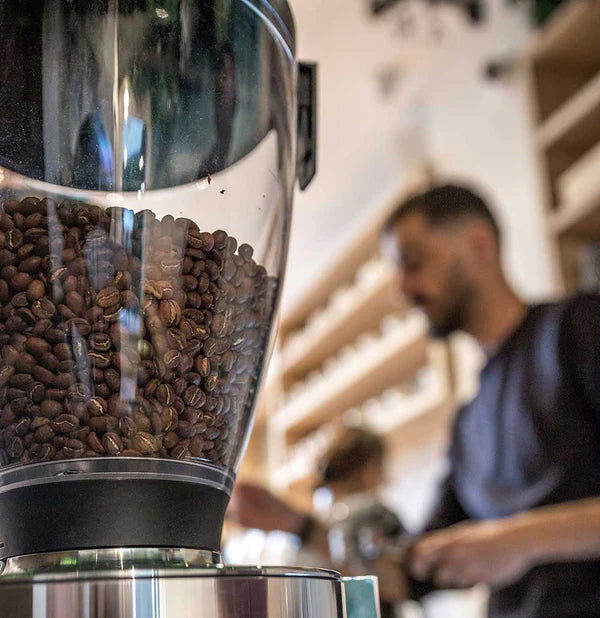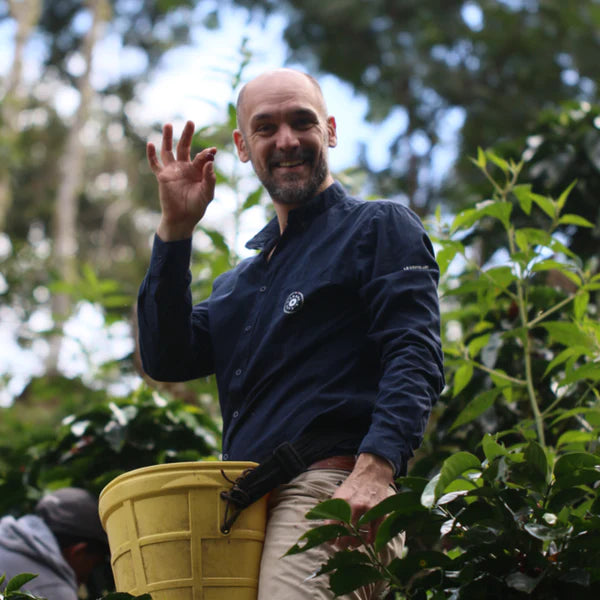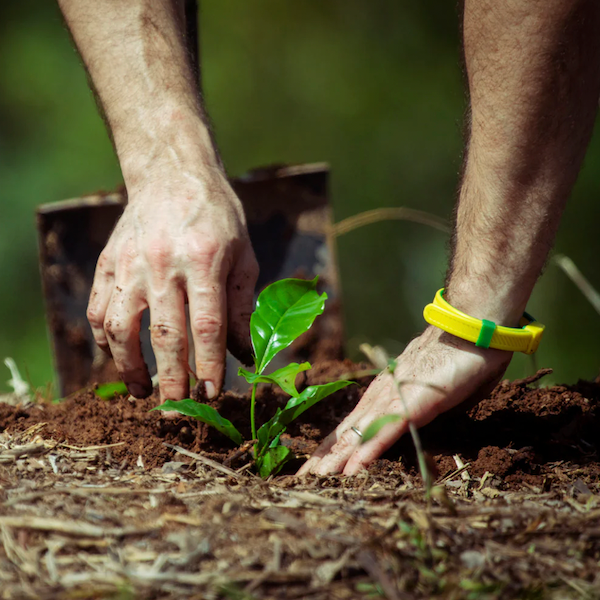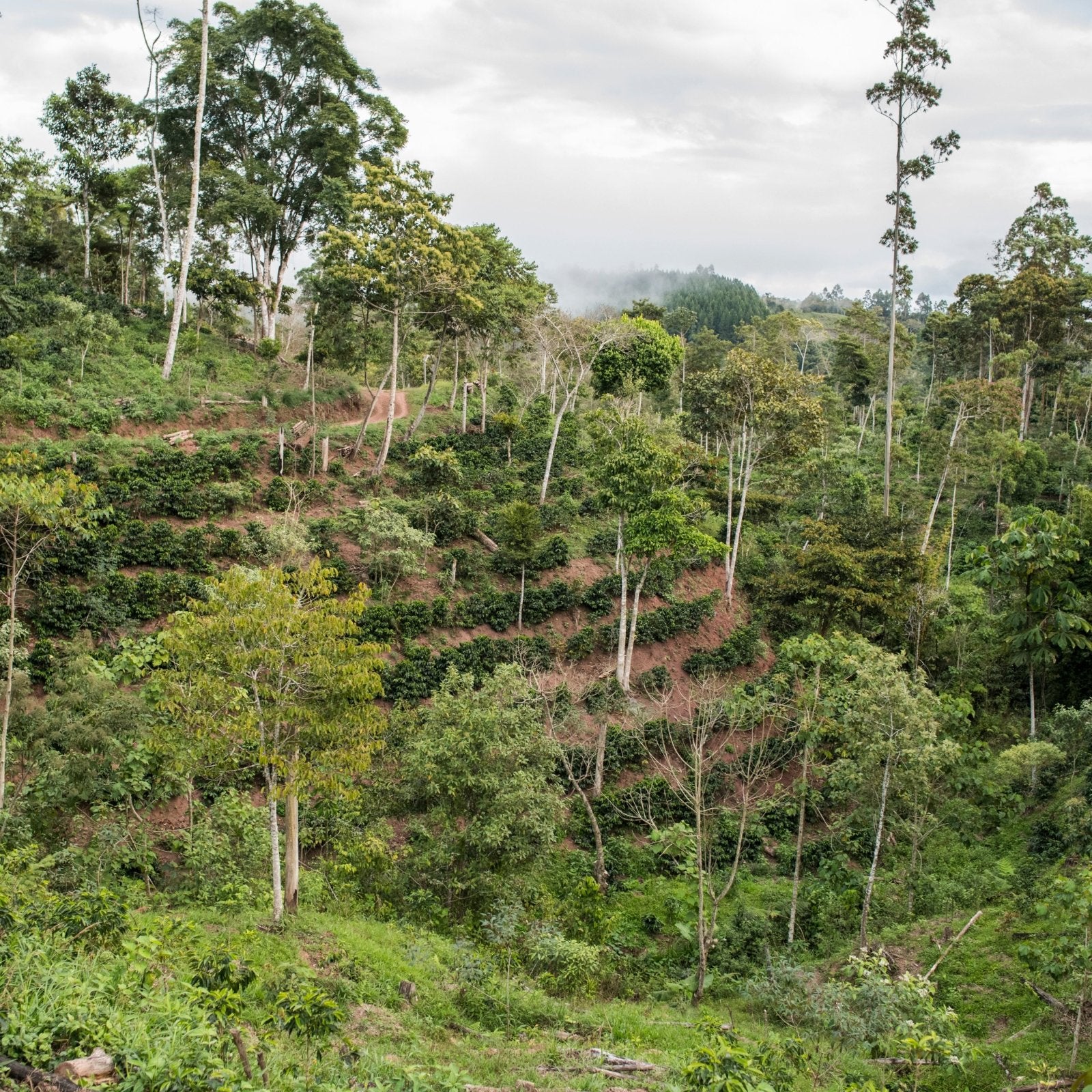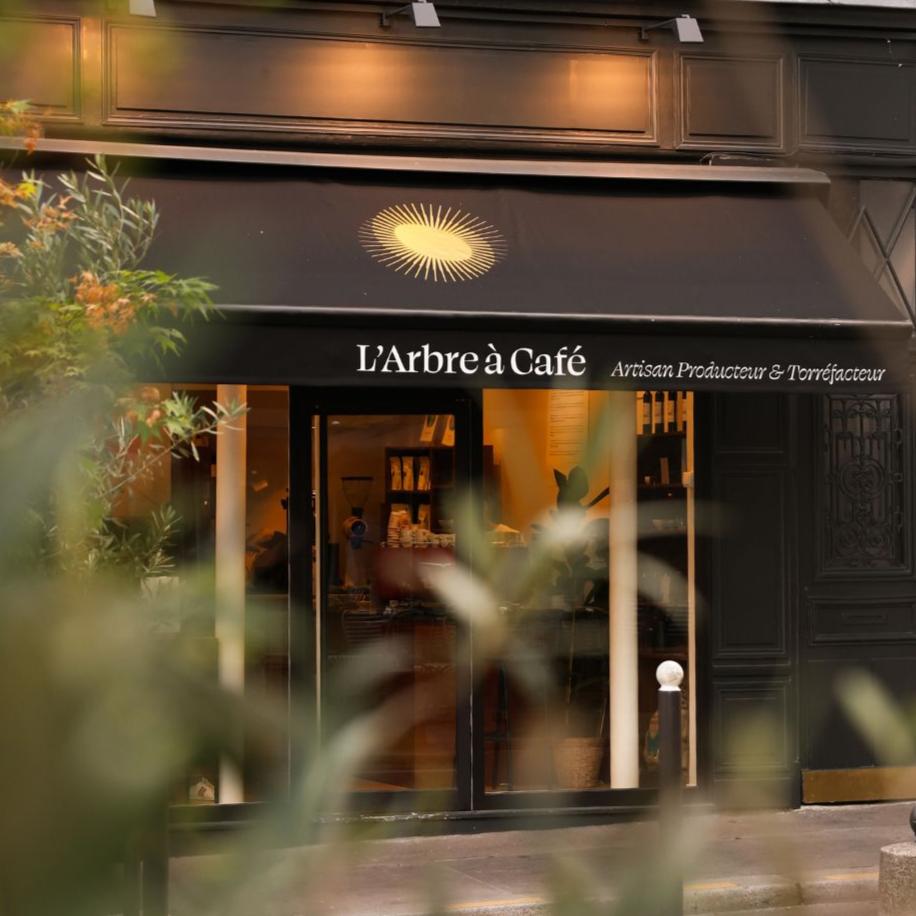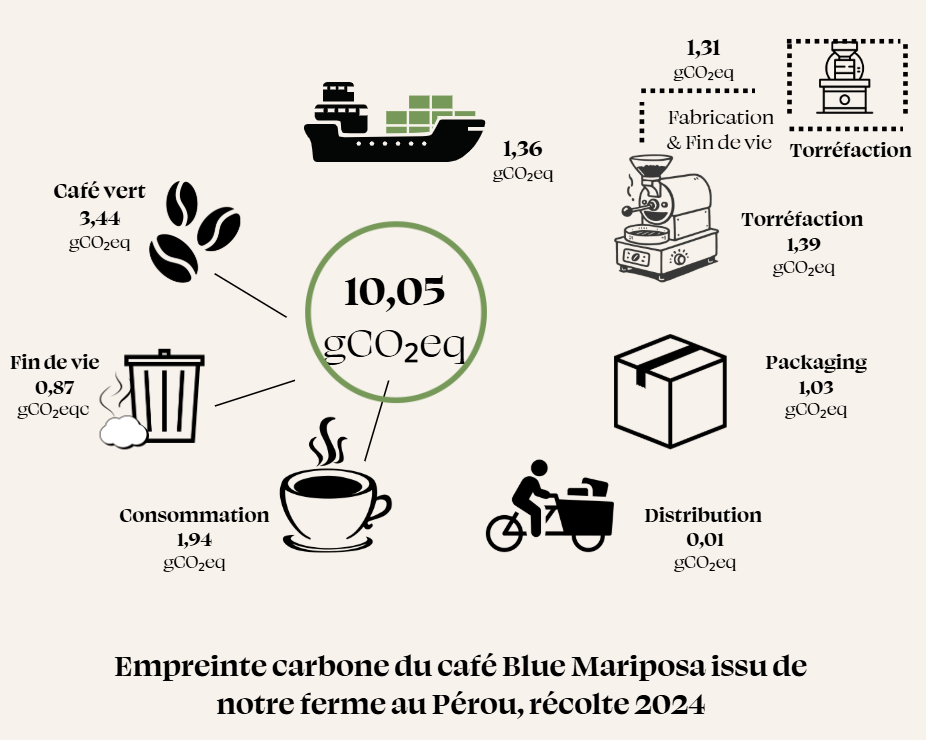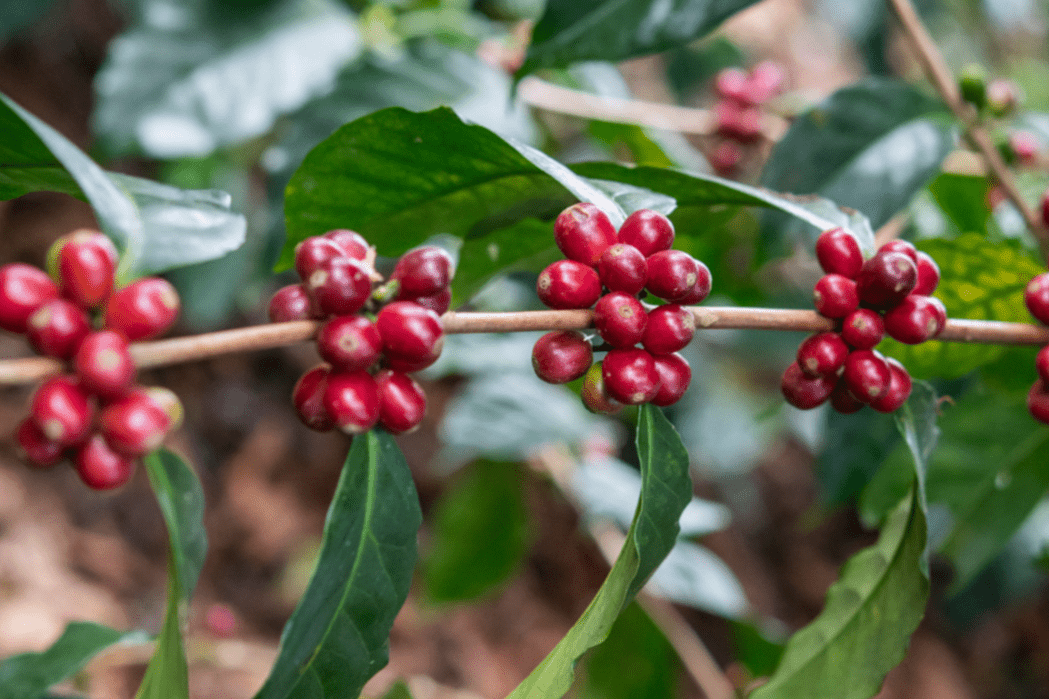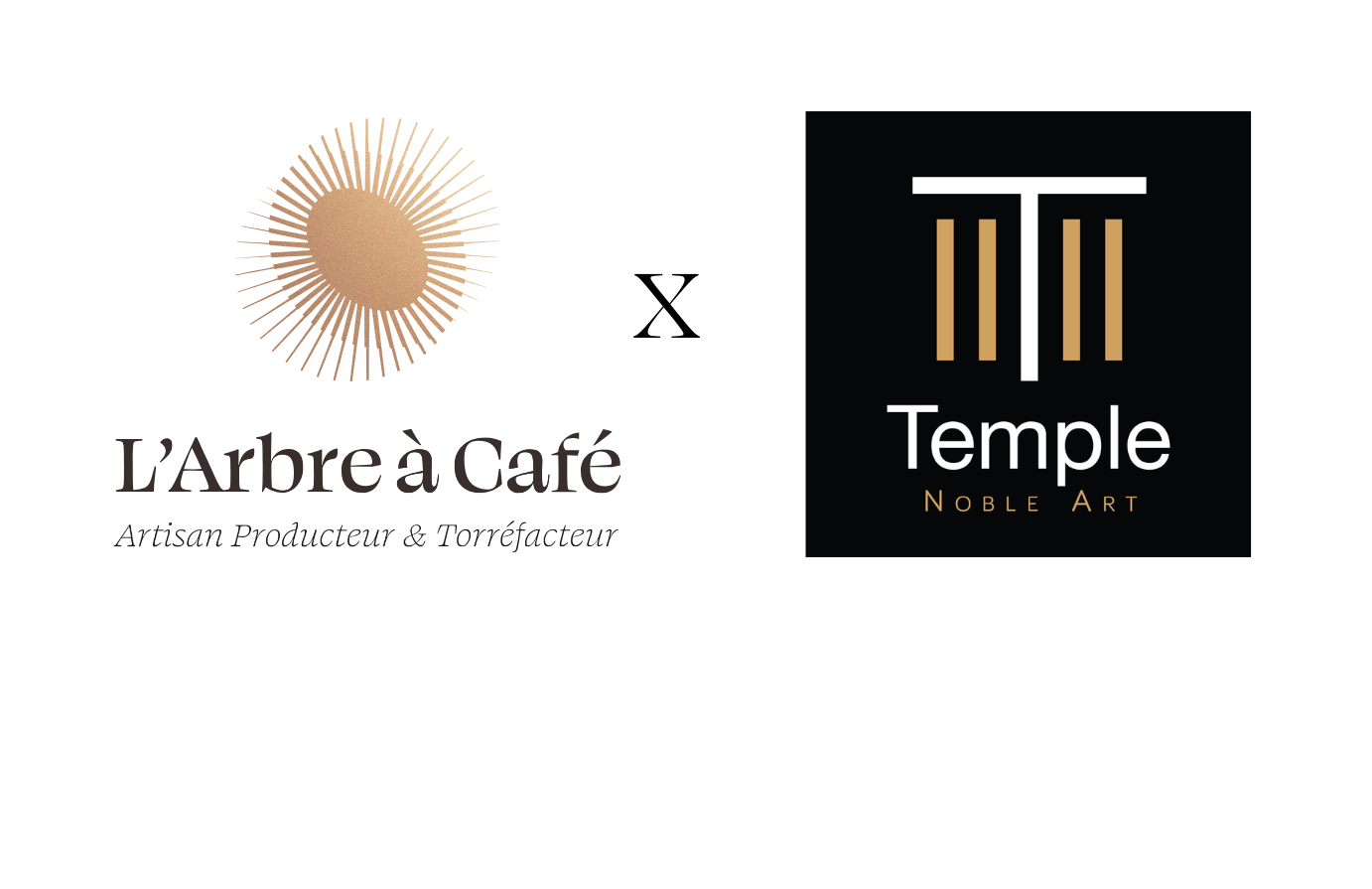For L'Arbre à Café, agroforestry has been an obvious choice anda reality since its origins, 10 years ago.
Agroforestry, or agroforestry systems that take advantage of synergies between forests or trees and other crops, is gaining momentum around the world.
The benefits of agroforestry for people, land and crops are considerable.
In coffee, all the eco-responsible terroirs are managed in agroforestry. Indeed, the Arabicas, which are sensitive to the sun's bite, must be protected from the sun's rays by a cover. This is naturally and historically provided by shade trees. In some countries marked by deforestation, growers replace trees with mats and trellises of foliage. Finally, in areas of intensive, irrigated, highly mechanized and chemical agriculture, and at low altitudes, the coffee trees are in full sun. This is the case in Vietnam or in Brazil as in Parana, Cerrado or Minas Geiras. L'Arbre à Café has always refused to work with this type of plantation.
Our partner plantations are all in the forest or rather all planted, varying species and crops.

Thus, an agroforestry plantation is presented in several stages: the top shade is made up of trees with a more or less wide, but high canopy. These trees are possible "banks" for the producers and can be sold if necessary. But above all, their canopy protects both the soil and the plants against the torrential rains that are so frequent and damaging in tropical areas. Their deep root systems maintain the soil against erosion and constitute symbiotic environments essential to the diversity and richness of the underground fauna and flora.
Their foliage nourishes a litter that creates a fertile humus. Finally, they are real places of life, whose fauna participates in the ecosystem and the biological balance. It is therefore a whole world and an infinite wealth that lives in this shade and in this canopy, as Francis Hallé has magnificently shown for these tropical areas. The same is true for agroforestry soils, as Lydia and Claude Bourguignon tirelessly defend.
An intermediate stage is often maintained a few meters high. These leguminous plants, citrus trees, tomato trees, banana trees, etc., are often used to fill in the top shade holes, but also to diversify the litter supply, and to fix nitrogen, carbon, etc. They also often represent complementary crops to coffee, such as oranges, mangoes or tomatoes.
The coffee tree stage culminates in a cultivation situation at about 2 m. The sunlight filtered by the upper floors appears on the leaves. The rows of coffee trees are thus punctuated by the trunks of the large trees or by those, more tightly packed, of the intermediate floor.
Finally, on the ground, the thick litter, composed of all the plant and animal contributions of the shades, protects the soil from erosion, shelters a rich and dynamic fauna, and protects the trees from water stress in case of drought. This litter is often planted with creeping species, which cover the soil, thus providing additional green manure.
Contrary to the vine that the winegrower has to prune in order to make its roots go deeper, and to which the coffee tree is often compared in our temperate countries, the coffee tree must be nourished and benefit from a rich and abundant soil.
More than 90% of its nutrients are found in the first 30 centimeters. The importance of litter and humus is therefore crucial to obtain productive, healthy coffee trees and high quality fruits.

Legend: Difference between a humus in agroforestry, on the left (brown, decompacted, inhabited, covered with abundant litter) and a humus in full sun in Tarrazu, Costa Rica (clear soil without organic matter, compact, without litter or life)
And because the organic matter of the soil must be abundant, coffee growing can only be done in agroforestry, unless one floods the soil with chemical fertilizers and impoverishes it in the short term by salinizing it and killing all of its native fauna and flora.
Thus, there is no good coffee without a forest, and the best terroirs are always eco-responsible.



